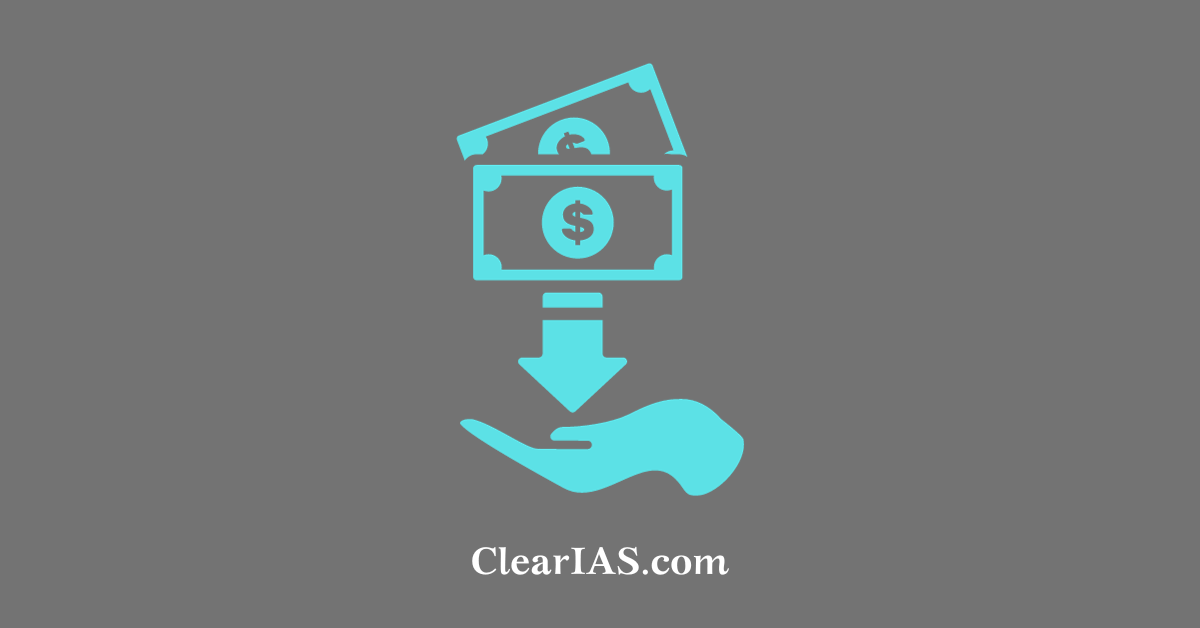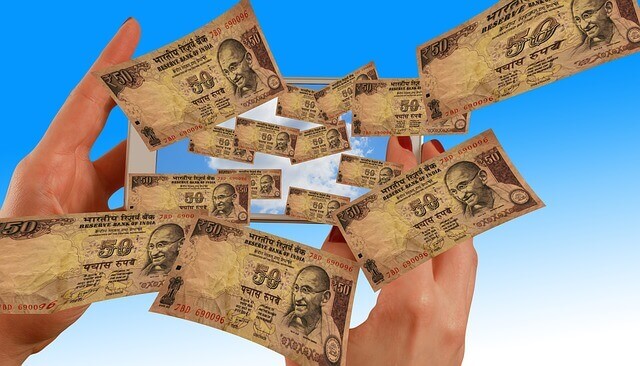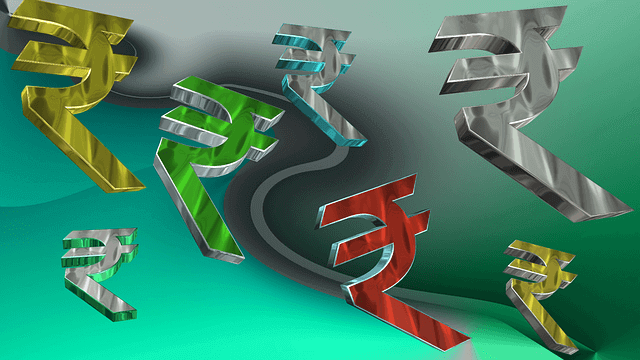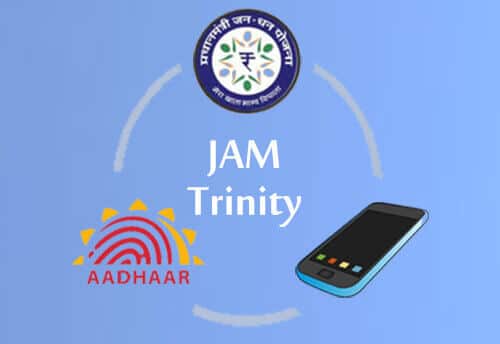 Economic Survey for the year 2016-17 has an entire chapter dedicated to the discussion on Universal Basic Income (UBI). In this article let us try to understand the concept of Universal Basic Income, why it is needed, what are the challenges in its implementation and other related issues.
Economic Survey for the year 2016-17 has an entire chapter dedicated to the discussion on Universal Basic Income (UBI). In this article let us try to understand the concept of Universal Basic Income, why it is needed, what are the challenges in its implementation and other related issues.
What is Universal Basic Income (UBI)?

- Universal Basic Income is a periodic, unconditional cash transfer to every citizen in the country.
- Here, social or economic positions of the individual are not taken into consideration.
- The concept of universal basic income has three main features. They are as following:
- UBI is universal in nature. It means UBI is not targeted.
- The second feature of UBI is cash transfer instead of in-kind transfer.
- The third feature is that UBI is unconditional. That means one need not prove his or her unemployment status or socio-economic identity to be eligible for UBI.
Why Universal Basic Income?
Note: Subscribe to the ClearIAS YouTube Channel to learn more.
- As a form of social security UBI will help in reducing inequality and eliminating poverty. Thus it ensures security and dignity for all individuals.
- As human labour is being substituted by technology, there will be reduced wage income and reduced purchasing power. UBI will compensate for reduced purchasing power.
How does UBI work?
- Under UBI, only those with zero income will receive the full benefits in net terms.
- For those, who earn additional income over the basic income, the net benefits will taper off through taxation.
- So even though the basic income is universal, only the poor will receive the full benefits.
What does UBI mean to the Government?
- There would be drastic changes in the way government spends its revenue generated from taxation and other sources.
- Currently, the Government spends its revenue on various services as well as on subsidies.
- UBI would mean that government may move away from service delivery and empower its citizens to access services through cash transfer.
What are the advantages of UBI?

- First, UBI would give individuals freedom to spend the money in a way they choose. In other words, UBI strengthens economic liberty at an individual level. This would help them to choose the kind of work they want to do, rather than forcing them to do unproductive work to meet their daily requirements.
- Universal Basic Income would be a sort of an insurance against unemployment and hence helps in reducing poverty.
- UBI will result in equitable distribution of wealth. As explained above, only poor will receive the full net benefits.
- Increased income will increase the bargaining power of individuals, as they will no longer be forced to accept any working conditions.
- UBI is easy to implement. Because of its universal character, there is no need to identify the beneficiaries. Thus it excludes errors in identifying the intended beneficiaries – which is a common problem in targeted welfare schemes.
- As every individual receive basic income, it promotes efficiency by reducing wastages in government transfers. This would also help in reducing corruption.
- Considerable gains could be achieved in terms of bureaucratic costs and time by replacing many of the social sector schemes with UBI.
- As economic survey points out, transferring basic income directly into bank accounts will increase the demand for financial services. This would help banks to invest in the expansion of their service network, which is very important for financial inclusion.
- Under some circumstances, UBI could promote greater productivity. For example, agriculture labourers who own small patch of land and earlier used to work in others’ farm for low wages, can now undertake farming on their own land. In long term, this will reduce the percentage of unused land and helps in increasing agriculture productivity.
What are the main arguments against UBI?
- A guaranteed minimum income might make people lazy and it breeds dependency. They may opt out of labour market.
- There is no guarantee that the additional income will be spent on education, health etc. there are chances that the money will be spent on ‘temptation goods’ such as alcohol, tobacco, drugs etc.
- Given the large population size, the fiscal burden on government would be high. Also, as Economic Survey 2016-17 noted, once implemented, it may become difficult for the government to wind up a UBI in the case of failure.
- If the UBI is funded by higher taxes, especially by the indirect taxes, it will result in inflation. This, in turn, will reduce the purchasing power of the people and lowers the value of the amount transferred.
- A ‘guaranteed minimum income’ might reduce the availability of workers in some sectors which are necessary but unattractive and raise the wages of such works. For example, the wages of agriculture labour might increase due to non-availability of workers willing to work in others’ farm.
What are the challenges that may face in Implementation of UBI?
- According to World Bank, in India, there are only 20 ATMs for every one lakh adult population. Nearly one-third of the Indian adults remain unbanked. With such a state of financial service infrastructure and financial inclusion, it would be difficult for the people to access their benefits.
- Financing the ‘guaranteed minimum income’ would be another challenge. There are chances that UBI would become an add-on to existing subsidies rather than replace them.
What Economic Survey 2016-17 says about UBI?
The Economic survey 2016-17 assumes that in practice any program cannot strive for strict universality. So survey proposes some alternatives.
- First, survey targets bottom 75 percent of the population and this is termed as ‘quasi-universality’’. The cost for this quasi-universality is estimated to be around 4.9 percent of GDP.
- Second alternative targets women, who generally face worse prospects in employment opportunities, education, health or financial inclusion. A UBI for women can reduce the fiscal cost of providing a UBI to about half. Giving money to women also reduces the concerns of money being used on ‘temptation goods’.
- Third, to start with a UBI for certain vulnerable groups such as widows, pregnant mothers, the old and the infirm.
But, if any one of the above alternatives is adopted, it will also face the problem of ‘exclusion error’ in the identification of beneficiaries. Efficiency will be reduced. Corruption will creep in. More importantly, UBI will not remain ‘universal’.
UBI and ‘JAM Trinity’

- JAM is the short form of Jan Dhan-Aadhaar-Mobile.
- Currently, there are 26.5 crore Jan Dhan accounts across the country. This covers 21 percent of the population. Of these accounts, 57 percent are Aadhaar seeded.
- Over a billion Aadhaar cards have been distributed.
- When the trinity of Jan-Dhan, Aadhaar, and Mobile (popularly referred to as JAM) is fully adopted, a more efficient mode of delivery would be available.
- JAM system could be used to provide funds to each individual directly into his or her account.
The main problems in ‘JAM Trinity’
- Authentication failures in Aadhaar are as high as 49 percent in Jharkhand. This will result in the exclusion of beneficiaries.
- A Large number of Jan Dhan accounts are not active. According to Financial Inclusion Insights (FII – 2015), only 40 percent of the accounts are active.
- Still, nearly one-third of the Indian adults remained unbanked.
- There are issues in mobile network connectivity, especially in rural India.
UBI in other parts of the world
- Finland has started a pilot programme this year to understand the effects of a basic income. Finland government would pay €560 per month to two thousand unemployed individuals for next two years, and it would continue to provide the income even if individuals find employment during this period.
- Some regions in the Netherlands and Canada have also announced the pilot programme.
- But, last year, Switzerland voted on UBI and rejected the proposal to transfer 2,500 Swiss francs per month to every adult citizen and long-term resident. The fiscal implication was the main reason for rejection of the proposal in Switzerland.
Conclusion
Despite making remarkable progress in poverty reduction, nearly 22 percent of the population lives below poverty line (Tendulkar committee report, 2011-12). One of the major criticisms of poverty alleviation programmes is significant leakages. UBI is seen as a more efficient alternative.
Though UBI has many advantages, there are many practical challenges too. A transparent and safe financial architecture that is accessible to all is important for the success of the UBI. In other words, the success of UBI depends on the success of efficient mode of delivery like JAM Trinity.
Also, a behavioral change on the part of account holders needed so that they use their accounts more often. Banks need to find it profitable to provide access to banking services.
As Economic Survey states, UBI is a powerful idea whose time even if not ripe for implementation is ripe for serious discussion.
Article by: Divakar Shenoy H






Please upload about twin balance
Great work!!
Good
well summarized UBI . could be more practical if played with data . taking sample from INDIA
Good
great
very good scheme ubi should be implemented to progress India .
Excellent article which has a comprehensive view of UBI.
Universality and unconditionality appear same. Universal means everyone is covered while unconditional means everyone gets it without any condition which is basically the same as the former term. Please correct me if I am wrong.
Described in easier terms, that’s good.